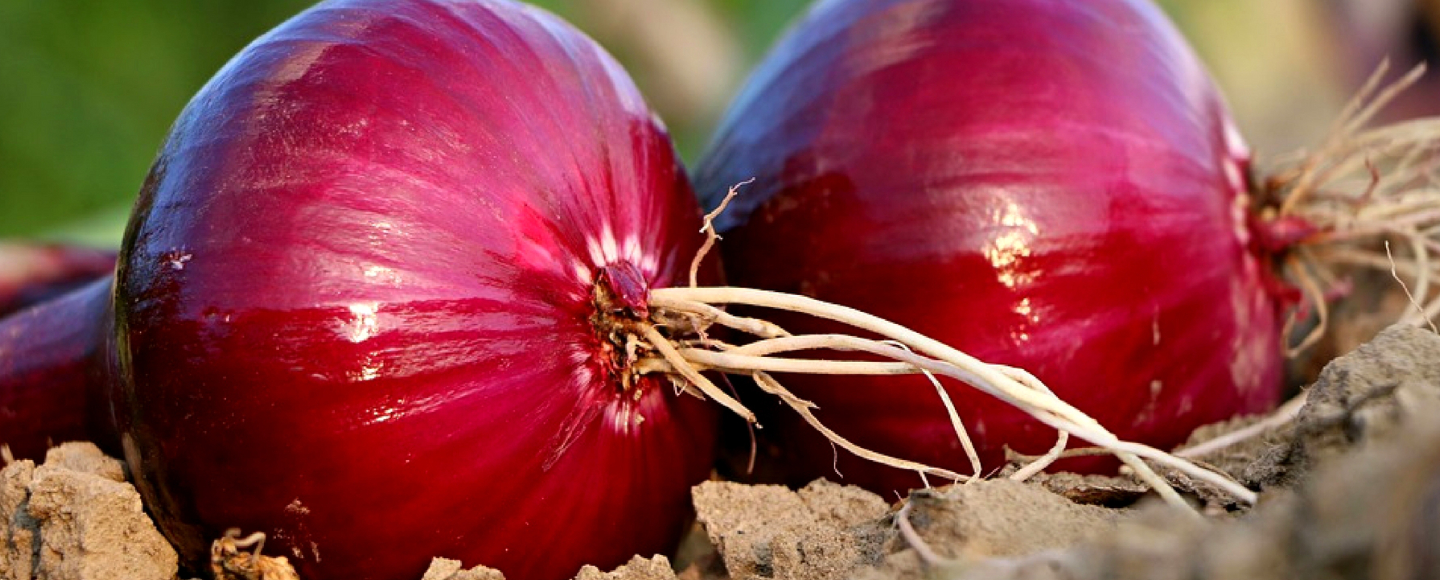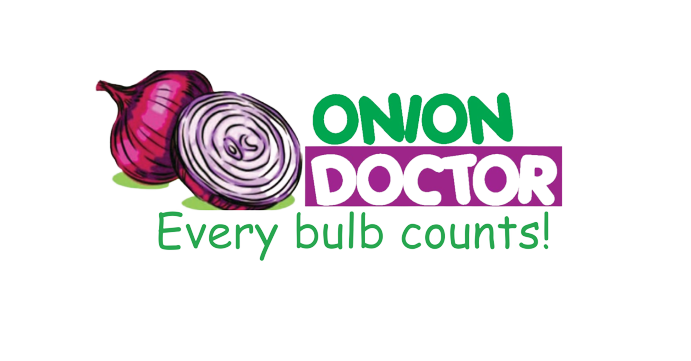Unlocking Success in Onion Farming: A Comprehensive Guide for Kenyan Farmers with Onion Doctor

Are you in need of in-depth knowledge on onion and garlic production? If yes, we are a call away. Our service chatter includes: Onion seedlings, Garlic seedlings, Farm planning services, Soil testing, Drip irrigation installation and maintenance, Agronomic support, Onion and Garlic value pack and Farm management. For free consultation, placing orders or booking a visit with an agronomist, please contact us via Call or what’s app +254703982228, Email: Info@oniondoctor.co.ke.
Explore the world of onion farming in Kenya, a thriving industry with versatile applications. Learn about the diverse onion varieties, ecological requirements, planting techniques, and the essential role of Onion Doctor in supporting smallholder farmers. This guide provides valuable insights into maximizing yields and ensuring optimal post-harvest handling.
Varieties Kenya boasts a diverse range of onion varieties, encompassing both hybrid and local types. Hybrid varieties Local varieties Red Coach F1 Malbec F1 Red Pinnoy F1 Jambar F1 Neptune F1 Red Passion F1 Rasta F1 Red Connet F1 Red Creole Red Bombay Texas Grano
Ecological Requirements: Onions have the ability to thrive in a wide range of ecological conditions, whether it be in greenhouses or open fields.
Soil: Onions prefer well-drained and fertile soil with an ideal pH range of 6.0 to 7.5. They are particularly sensitive to highly alkaline soils, so it is important to avoid such conditions. Additionally, it is beneficial for the soil to be free from weeds.
Rainfall: Onions can flourish in areas with an annual rainfall between 650-800mm. However, to maintain consistent moisture levels, irrigation should be implemented.
Temperature: The optimal temperature for onion growth and development varies across different stages. For vegetative and bulb formation stages, temperatures between 13-24 and 18-26 degrees Celsius are desirable. During the seeding stage, an optimum temperature of 20-25 degrees Celsius is recommended.
Altitude: Onions can thrive at altitudes up to 2500 meters above sea level (ASL).
Planting The primary method of propagating onions is through seeds, which are initially sown and nurtured in a seedbed.
Raising seedlings Here is a rephrased version of the procedure: Select a location where no crops from the onion family have been grown for a minimum of 2 years. Create raised beds that are 1 meter wide. Create shallow furrows in the prepared soil. Sow the onion seeds and lightly cover them with soil. Apply mulch to the bed and provide adequate watering. Seeds will typically germinate within 7-10 days after sowing. Once germination occurs, remove the mulch from the bed.
Transplanting: The seedlings reach a suitable stage for transplanting approximately 6-8 weeks after sowing. At this point, the majority of seedlings will have necks resembling the size of a pencil, measuring around 65-80mm in diameter. They will be 14-30cm tall and possess 4 to 5 leaves. For the transplantation process, it is recommended to carry it out either early in the morning, between 6-10 am, or in the late evening, from 4-6 pm. Before commencing with the transplanting, it is essential to thoroughly water the nursery bed until it reaches a state of saturation. This step helps prevent damage to the delicate seedlings. To minimize transplanting shock, it is advisable to spray the seedlings with a solution of 10ml of OPTIMIZER per 20 liters of water. The seedlings are carefully pulled from the moist nursery bed and promptly transplanted into the main field. It is recommended to space the seedlings at an interval of 8 by 10 centimeters.
Nutrition & Nutritional Deficiency: To ensure optimal onion production, it is crucial to provide the crop with sufficient nutrients. This can be achieved through both basal and foliar fertilizer applications. Basal fertilizers are applied at the time of planting and are absorbed by the crop through the roots. They include the following: DAP (Diammonium phosphate): Applied during planting, DAP supplies phosphorus and other essential elements to support the growth of young crops. CAN (Calcium ammonium nitrate), NPK (Nitrogen, phosphorus, and potassium), and UREA: These fertilizers are used for top dressing after the crop has established. They primarily supply nitrogen along with other necessary nutrients. Since onions have a higher nitrogen requirement, top dressing should ideally be performed at least twice during the growing season. Foliar fertilizers are applied to the crop’s foliage and absorbed through the leaf tissues. They provide essential nutrients and offer additional benefits. The following are examples of foliar fertilizers: OPTIMIZER: This fertilizer is vital for boosting the crop’s immunity, managing stress, and supplying a range of micronutrients and macronutrients. It can be applied at any growth stage of the crop. GOLDCHANCE SERIES: These fertilizers are specifically formulated to nurture the crop at different stages of growth and development. DIMIPHITE: This fertilizer plays a crucial role in bulb formation. By utilizing both basal and foliar fertilizers, onion growers can ensure that their crops receive the necessary nutrients for healthy growth and optimal production.
Maturity, Harvesting & Post-Harvest Handling Onions typically require around 4-5 months to reach maturity, although this duration may vary depending on the specific variety and environmental conditions. The optimal time for harvesting onions is approximately one week after 50% of the leaves have fallen. Signs of maturity include yellowing of the leaves, bulbs turning red, and reaching an appropriate size, among other indicators. It’s important to note that onion bulbs continue to grow even after the leaves have fallen.
Harvesting can be accomplished by either pulling the bulbs manually or by utilizing mechanical harvesters, especially in the case of large-scale farming operations.
Curing Onion The curing process for onions entails subjecting them to gentle temperatures in a dry and well-ventilated environment. Alternatively, they can be dried in warm shaded areas for a period of time. This process holds significant importance for long-term storage of onions. During the curing process, the outer skins of the onions dry out and form papery wrappers. Pungent compounds replace the sugars, and the necks at the top of the bulbs come together, creating a seal that prevents moisture and microorganisms from entering. While in storage, onions are susceptible to sprouting if the storage conditions are unfavorable. Therefore, it is crucial to ensure thorough drying of the onions before placing them into storage.
Storage Onions are commonly stored using different methods, such as placing them in net bags, crates, pallet boxes, or bulk bins. When utilizing bins or boxes for storage, it is important to provide some ventilation space. Bags of onions are often stored on pallets and should be stacked in a manner that allows for adequate air circulation.
Onion Doctor supports small holder farmers across Africa with quality and affordable Onion and Garlic seedlings, Onion seedlings, Farm planning services, Soil testing, Drip irrigation installation and maintenance, Agronomic support, Onion and Garlic value pack, Farm management, E-extension and on-farm training for farmers to optimize on yields and get maximum profits.
